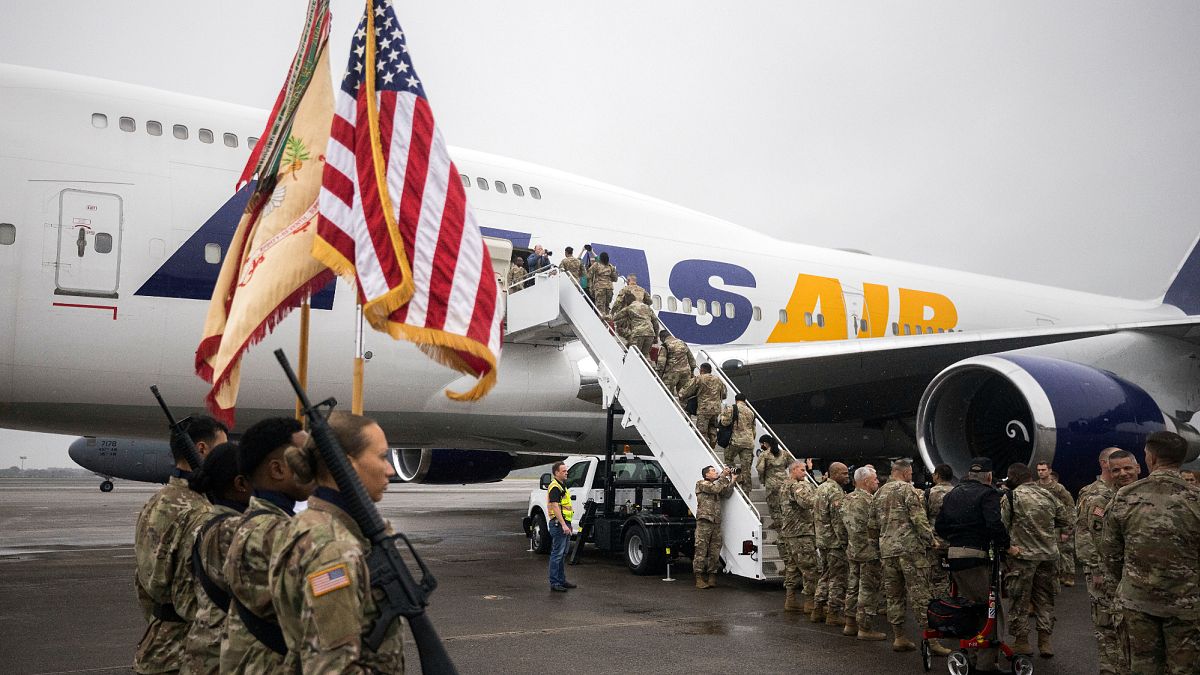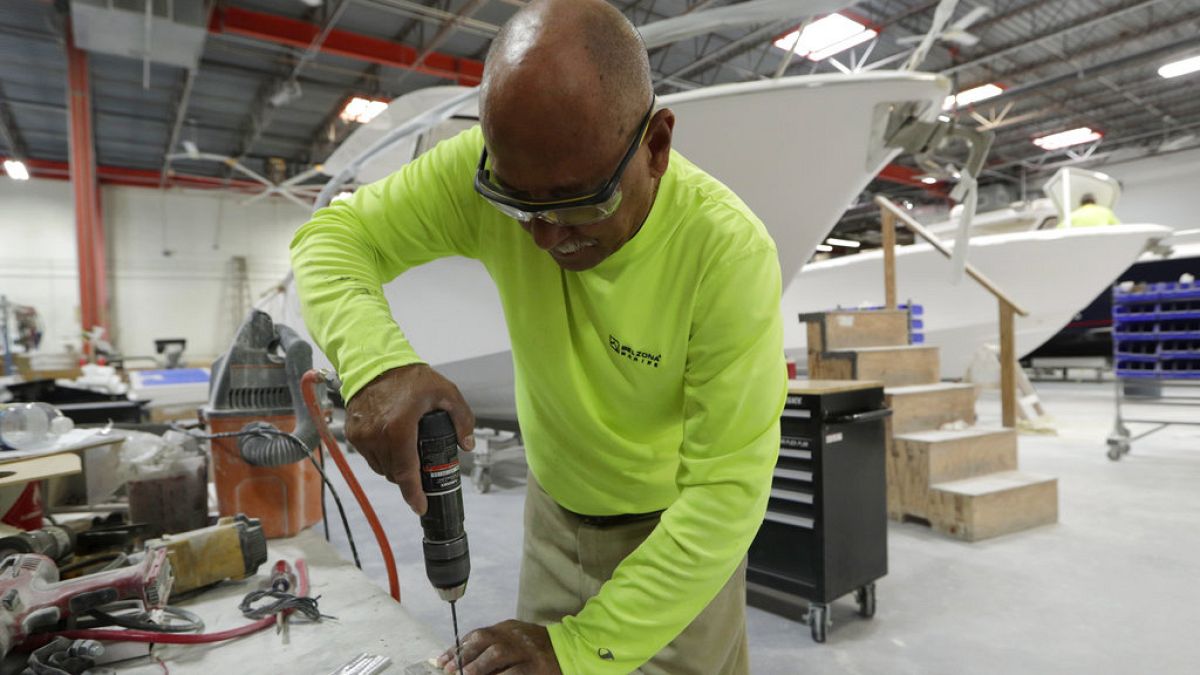The robot’s developers believe a scaled-up version of the machine could be used in rescue missions and parcel deliveries in remote locations.
Researchers have developed a bird-like robot that can walk, jump, and hop to fly.
The robot or fixed-wing drone can move quickly from the ground into the air with its “avian-inspired” legs, according to a new study.
Most birds are adept at navigating seamlessly between the ground and the air and take off with no runway.
When they fly their legs are as important as the wings in enabling them to navigate complex terrains and transition between them, according to the research team.
Dubbed ‘RAVEN’, the robot has a ‘hip’ and an ‘ankle’.
Real birds have more actuated joints than the robot, making them more dexterous but with its two legs, wings and V-shaped tail, RAVEN certainly resembles a bird.
Birds take off by jumping, a method of taking flight the robot’s developers say proved to be more efficient in the drone than other options that used just a propeller.
"The project was about how we can use the fixed-wing vehicle in a disaster situation. And if you think about very cluttered areas, and how to deploy a robot there, I think a bird would be the best animal to deploy there,” said Won Dong Shin, a researcher at the Swiss Federal Institute of Technology in Lausanne (EPFL).
The lead author says that he was inspired by the crows on the campus that he observed.
Accessing remote locations
The research team believes a scaled-up version of the machine could be used in rescue missions and parcel deliveries in remote locations.
“We can use the fixed-wing flight to reach the target area and then we can make the robot land on the ground and from there it can walk or hop to the final destination,” Shin said.
“When it's time to come back to the base or move to another destination, it can simply jump and take off,” he added.
Researchers plan to make it even more like a bird by adding foldable wings.
“The foldable wings will be quite helpful for search and rescue missions because the robot will have to pass through some narrow passages and for that, if the robot can fold the wings just like a bird, then it can access more areas or more places,” Shin said.
Additional sensors will also help it land autonomously, according to the Swiss research team.
A study on RAVEN was published in December in the scientific journal Nature.
For more on this story, watch the video in the media player above.
Video editor • Roselyne Min

 2 months ago
27
2 months ago
27






 We deliver critical software at unparalleled value and speed to help your business thrive
We deliver critical software at unparalleled value and speed to help your business thrive






 English (US) ·
English (US) ·